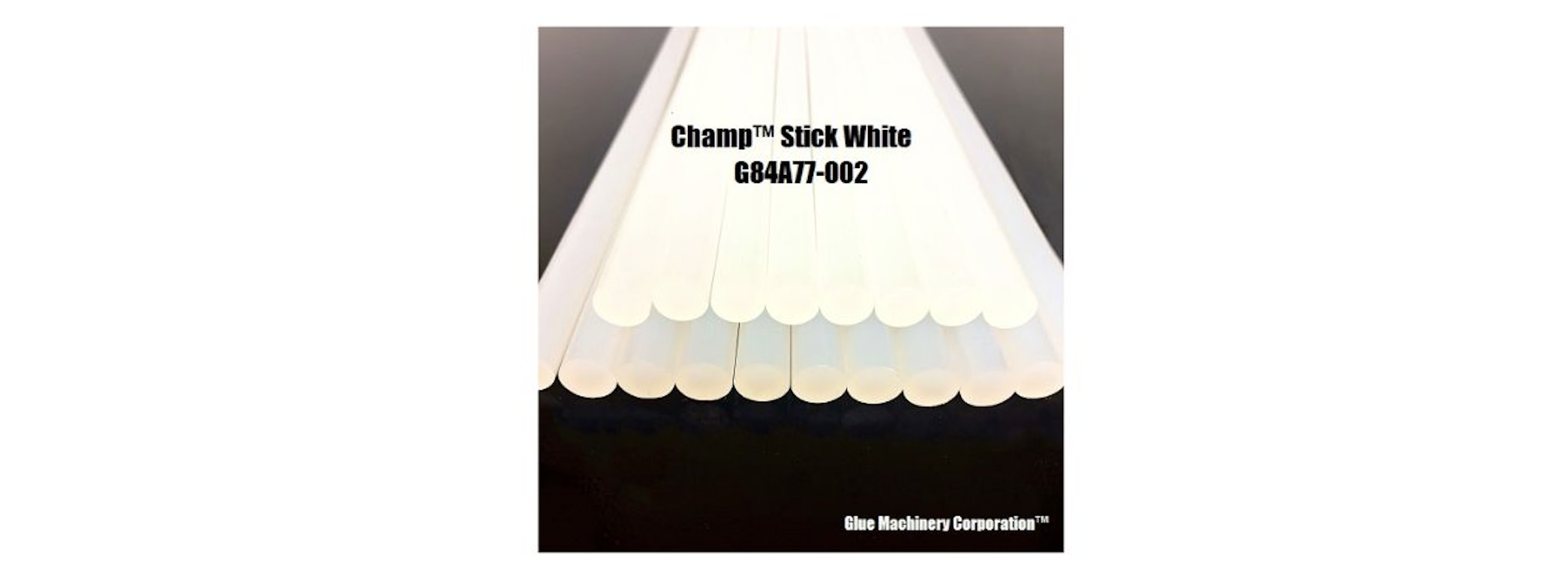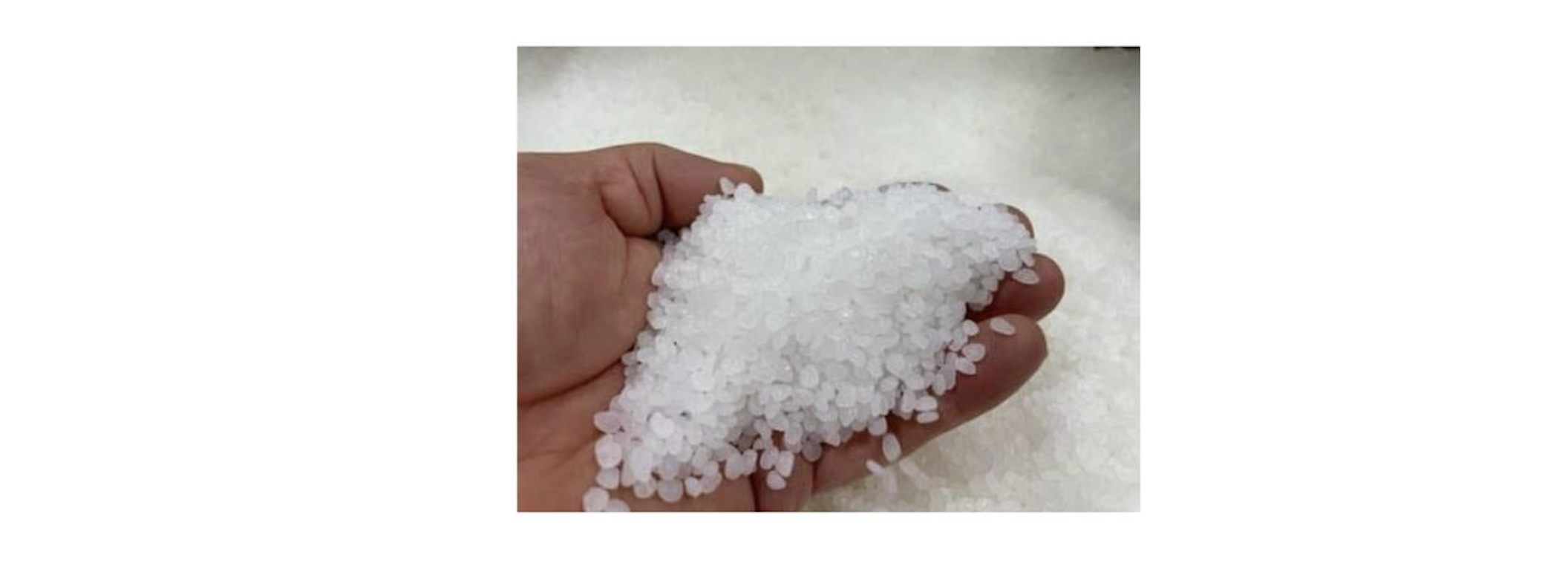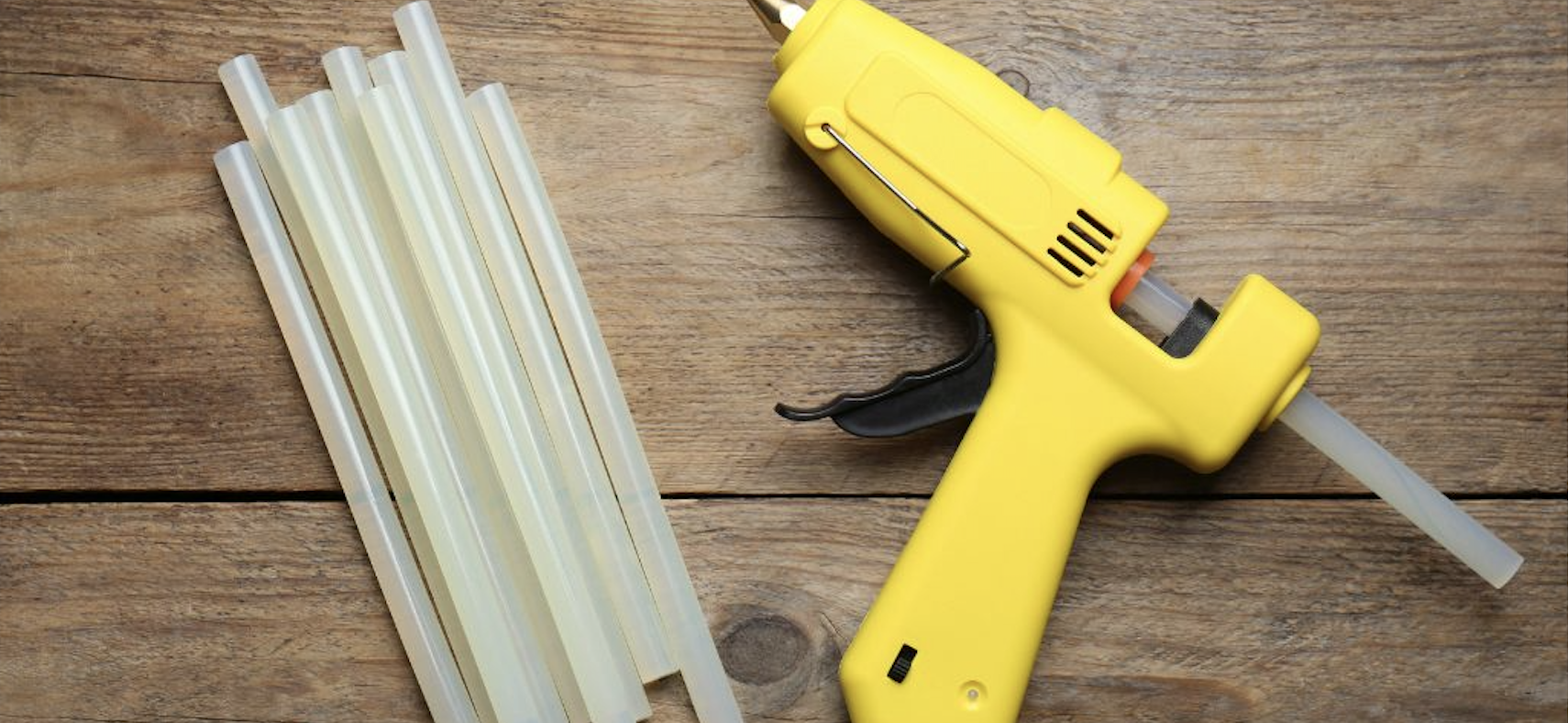Glues and adhesives are used in many crafts, repairs, and construction projects. However, not all glues are safe for items that will come in contact with food. Using the wrong glue could leach dangerous chemicals into food and drinks. When undertaking any project where the glued materials will encounter food, it is crucial to select food-safe, non-toxic glues specially designed for these applications.
This guide will cover different types of food-safe glues, their common uses, safety certifications to look for, and factors to consider when choosing the right food-safe adhesive for your specific needs. With the right knowledge, you can confidently bond materials to create beautiful, durable and safe kitchen items.
Common Food-Safe/Glue Types
White Glue

A common household glue, white glues are based on polyvinyl acetate emulsions. When specially formulated for food safety, white glue creates strong bonds on porous materials like wood while being non-toxic when fully cured. Food-safe white glues are great for bonding wood cutting boards, bowls, and utensils.
Hot Melt Glue

Hot melt adhesives come in solid sticks that are melted in a glue gun and bond rapidly as they cool. Food-safe hot melt glues are made from ethylene-vinyl acetate (EVA) or polyethylene without added chemicals. They provide quick bonds for food packaging, bottling, and assembly of food prep items.
Cyanoacrylate (Super Glue)
The rapid-curing cyanoacrylates bond skin and plastics in seconds. Food-safe cyanoacrylate adhesives are specially formulated without toxic molecules that could leach. Use minimally for quick repairs on small kitchen items and broken dishware.
Food-Safe Glue Uses
Cutting Boards and Utensils
Food-safe white glues or wood glues create strong bonds in cutting boards, bowls, utensils and chopping blocks, and won’t contaminate food. White and wood glues also allow for natural wood movement.
Food Packaging and Prep Equipment
Hot melt glue guns quickly adhere to food packaging like cereal boxes. These and silicone can seal food storage containers. White, hot melt or silicone can also glue safely on food prep counters, trays, and appliances.
Countertops and Surface Coatings
Food-safe epoxies provide durable, impervious coatings for countertops to resist stains and damage from heavy use. Use these on counters, sanitary work surfaces, and for coating worn tables.
Standards and Certifications for Food-Safe Glues
FDA Food Contact Approval
The FDA regulates adhesives under food contact substance regulations. Food-safe glues should comply with FDA standards for indirect food additives.
NSF/ANSI 51 Certification
Glues with NSF/ANSI 51 are certified for food equipment materials. This means they are safe for use on surfaces that contact food products.
Non-Toxic and Food Grade Labels
Acceptable food-safe glues will indicate they are non-toxic, food grade, safe for food use, or made specifically for food contact applications.
Choosing the Right Food-Safe Glue

When selecting the proper food-safe glue for your project, consider the following criteria:
- Bond Strength – Bond strength should match the demands of the repair or build. White or wood glues form stronger bonds under stress than silicone or hot melt.
- Dynamic Loads – Glues bonding surfaces subject to impacts or vibration should remain somewhat flexible when cured, like silicone or modified acrylic.
- Porosity – Materials like wood require adhesives that penetrate like white glue. Non-porous surfaces need better surface bonding from epoxy or cyanoacrylate.
- Chemical and Water Resistance – Epoxies and silicones better withstand water, chemicals, heat and UV light. Hot melt and white glues are more susceptible.
- Clamping Time – Some food-safe glues like epoxies and white glues require longer clamping and curing times of 24 hours for full strength. Cyanoacrylate and hot melt offer faster bonds.
By taking into account the materials being bonded, the stresses they will encounter, and the chemical resistance required, you can determine the ideal food-safe adhesive for any kitchen, packaging, or food service application.
Final Thoughts
By following the tips in this guide, you can confidently select and use the right food-safe adhesive for any kitchen or food service project to create durable bonds that will not contaminate food. Check certifications and safety data sheets, and compare options to choose the perfect glue for your specific bonding needs. Check out our full collection at Glue Machinery today!


